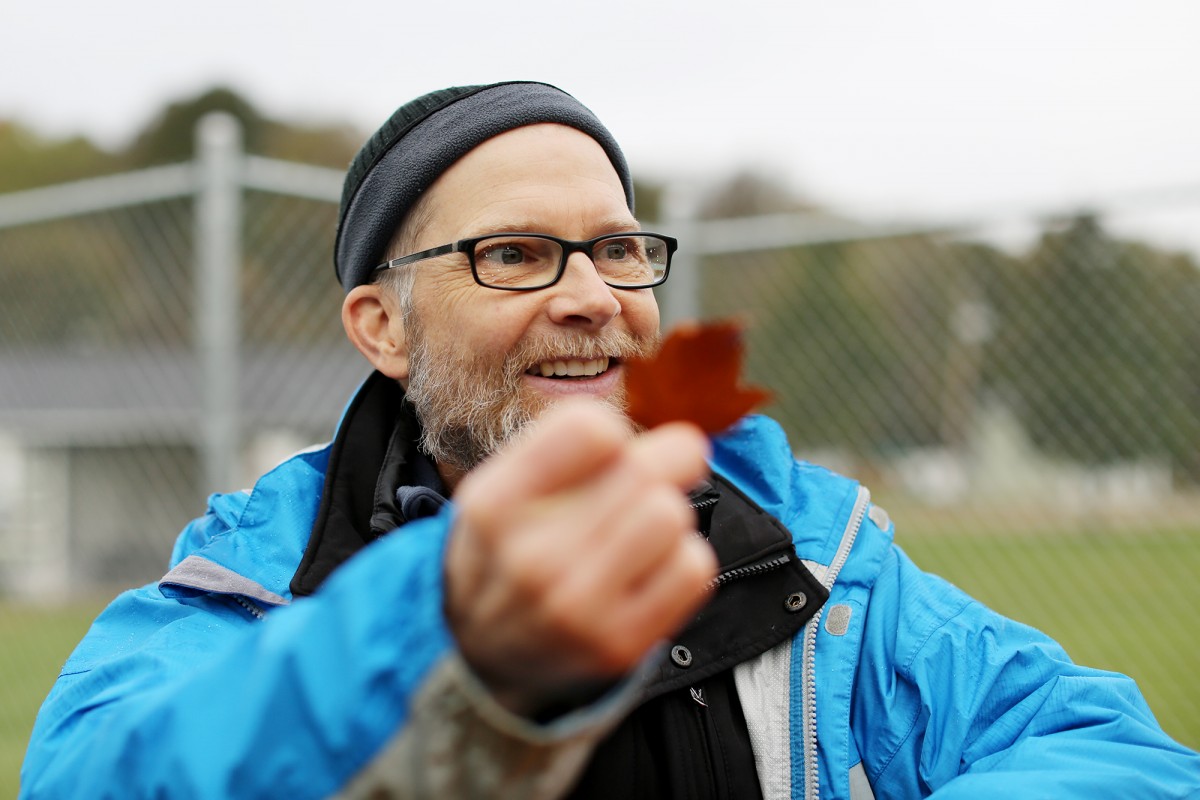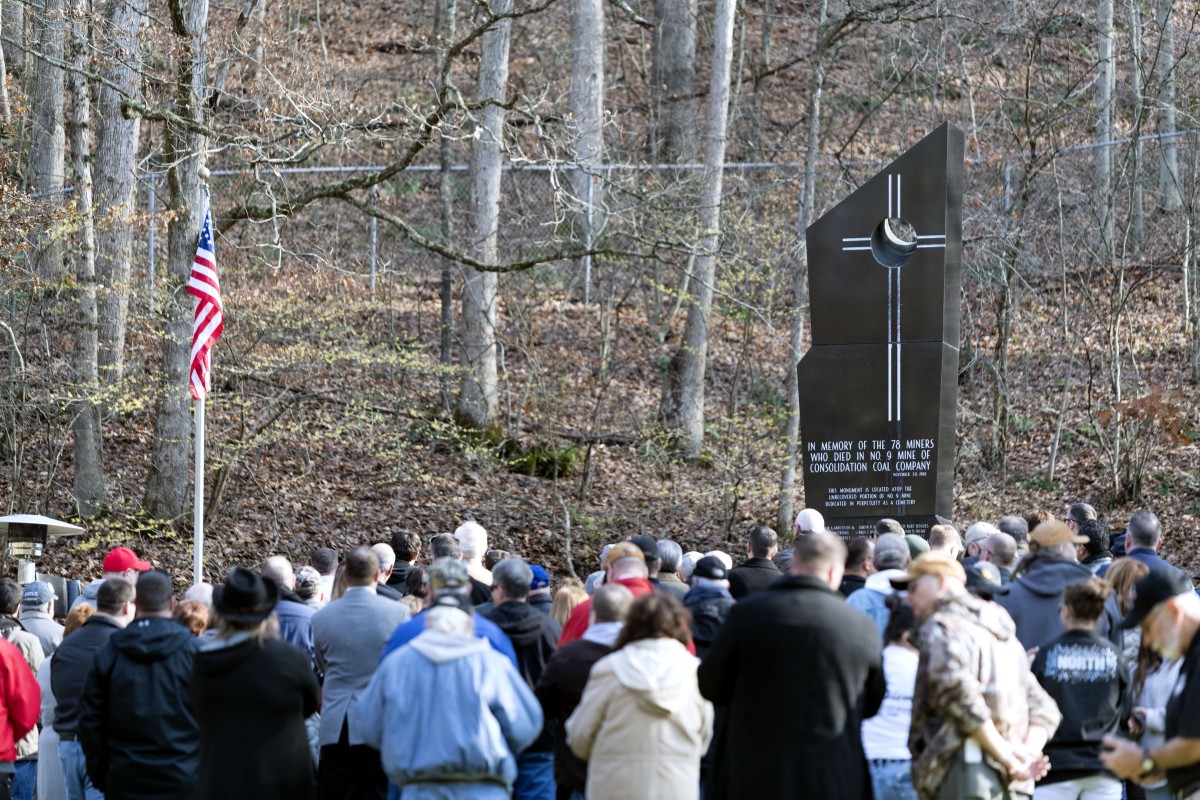Writing about Southern Appalachia slightly more than a century ago, travel writer Horace Kephart called “[o]ur highlanders…the most homogenous people in the United States.”
“The mountains proper,” he added, “are free not only from foreigners but from negroes as well.”
By the time Kephart wrote those words, the idea of what historian Aaron Astor recently called a “whitened archetype of Appalachia…with an untouched, pure Anglo-Celtic core,” had already existed for decades.
The same idea has persisted to the present: in his bestselling 2016 memoir, Hillbilly Elegy, J.D. Vance invokes the Scots-Irish ancestry of his family, asserting that “the culture of Greater Appalachia is remarkably cohesive.”
The notion confers on Appalachia a glazed burnish that has only grown in appeal to those who would pretend to make America white as it never was, “again,” through such measures as President Trump’s recently-announced intention to do away with the right to citizenship that the 14th Amendment confers upon all who are born on U.S. soil.
“Appalachia plays the role of a sort of fetish for those who would oppose birthright citizenship,” said Bob Hutton, author of “‘Bloody Breathitt’: Politics & Violence in the Appalachian South.”
But just as persistent have been the efforts of researchers like Wilma Dunaway, who has documented the presence, over centuries, of a wide range of European ethnic groups and others of African and indigenous descent. Other observers have noted how, in recent years, states in the region occupy top 10 lists of states with the fastest-growing Hispanic populations.
And just as Trump’s pretense toward ending birthright citizenship has incited reexaminations of the Constitution, so should the “fetishization” of Appalachia’s supposed racial and ethnic purity by those supporting the proposal cause us to take another look at the region’s real past and present.
“The first example that shows Appalachian whiteness to be an oversimplification is the presence of the Cherokee, Catawba, Mingo, Yamasee and others,” said Hutton, who is senior history lecturer at the University of Tennessee, Knoxville. “In the early colonial period, Appalachia is home to a panoply of Native American peoples.”
“In fact, where I’m calling from,” he added, “is pure Cherokee territory. They have a burial mound here on campus.”
The population of enslaved Blacks in Appalachia never grew beyond lower-double-digit percentages of the region’s total population, but slavery was “immensely important to the Appalachian economy up to the 1860s,” Hutton said. As elsewhere, after the Emancipation Proclamation, it was the 14th Amendment that guaranteed freed slaves and their descendants citizenship, due process and equal rights under the law. (The latter notions became the subject of many important Supreme Court cases in the 20th century).
In the late 19th and early 20th century, many Blacks left the region for the North. Certain African American cultural contributions to the region were slowly erased, or at least obscured, as part of the effort to depict Appalachia as a “racially pure ethnic reservoir in the mountains,” noted Bruce Baker, author of “What Reconstruction Meant: Historical Memory in the American South.”
An example: the banjo.
“There’s the white hillbilly playing banjo — a racially pure, culturally-isolated relic,” Baker said. “But actually, the banjo is an African instrument, played by African Americans and probably brought on the railroads to the piedmont areas.”
Around the same time, Hungarians, Poles, Italians and others came to work in mining and on the railroads. In fact, many Appalachian coal companies “hired immigrants as scabs, playing them against the Scots-Irish miners,” Astor noted.
The tension between these populations — all of whom were immigrants at one time or another — laid the foundation for certain contemporary attitudes.
“The whole fascination with racial purity [in Appalachia] begins in response to Eastern European, Southern European and Mediterranean immigrants of the 1890s showing up by the boatload,” Hutton said.
“They were considered inferior by WASPs, and the interest in Appalachia as the last bedrock of WASP purity grew,” he added.
Over time, these immigrant groups assimilated into the culture of the U.S., leading to a somewhat ironic result, Hutton said. “Some of the biggest supporters of doing away with birthright citizenship have Italian and Polish last names.”
Hutton said the underlying issue, then, is “skin color. Over time, it’s apparent that white Americans consider Appalachia to be theirs.”
But in the late 20th century and up to the present, jobs in agriculture, food services, factories and other areas of local economies began drawing Hispanic immigrants to the region.
These latest arrivals to Appalachia — and their children — have made measurable economic impacts on many towns and small cities across the region, Baker said. He pointed to the work of colleague Leon Fink, author of “The Maya of Morganton,” a book describing a struggle during the 1990s by Guatemalan workers seeking to have their rights respected in a North Carolina poultry plant.
If the citizenship of these immigrants’ children, and the rights that come with citizenship, were suddenly stripped, tens of thousands of families might either find themselves living and working in the shadows, or be forced to leave the region altogether, he noted.
“The effect…could be devastating for particular parts of Appalachia, where they’ve been a part of economic resurgence,” Baker said.
The “immigrant experience in rural areas of Appalachia in recent times hasn’t been written about or studied enough,” said Hutton. “We live in a much more visibly, ethnically diverse Appalachia than 20 years ago, or even 40 years ago.”
In the end, President Trump’s proposal “gets down to who’s really counted as American,” Astor said. “When people hold Appalachia as ‘the most American,’ they’re doing it in a racialized way. The reality is, people have always come in from the outside — and more likely than not, they’ve mixed with those already there.”



